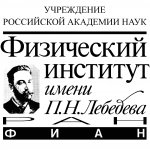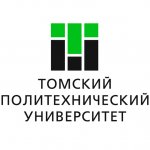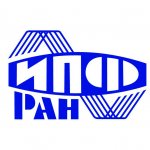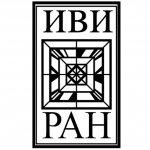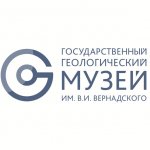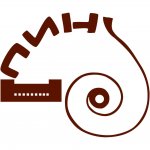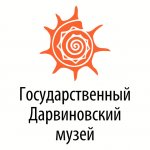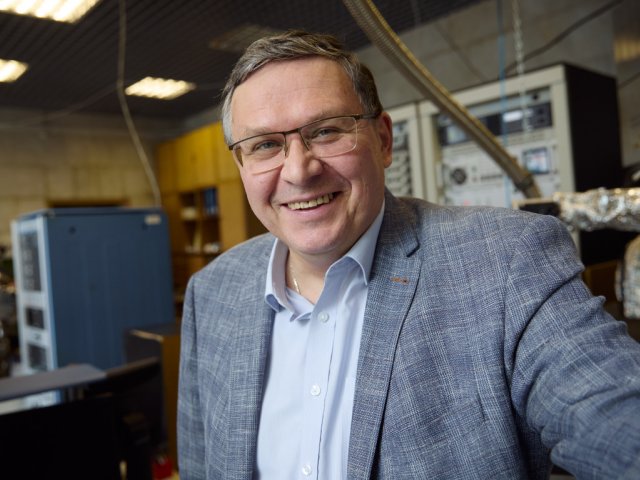А1 — B7 – B12 -К2 – and it's not a Battleship, but something more useful and indispensable to our health, although we need it in relatively small quantities. Get ready, today we are going to talk about vitamins.
What comes to mind when we hear the phrase, “We need to take more vitamins?” Probably an abundance of colorful fruit and vegetables. But vitamins aren't only found in these foods, and not all healthy micronutrients are considered vitamins. Let's find out!
What Is This?
The word “vitamin” or more precisely “vitamain” was coined by Polish biochemist Casimir Funk. In 1911, he isolated a crystalline preparation during yet another experiment, a small amount of which could cure the “beriberi” disease that was raging among sailors and poor people at the time. “Vitamine” stood for “vita,” life, and “amine,” a nitrogen-containing compound. In 1920, a British biochemist, Jack Cecil Drummond, turned “vitamine” into “vitamin” because the discovered vitamin C did not contain the amine component and the name did not fit it.
According to the modern Great Encyclopedia of Medicine, vitamins are nutrients that are essential for the maintenance of vital functions. They do not include micronutrients and essential amino acids. Human and animal bodies cannot synthesize a significant portion of vitamins on their own. With some exceptions, of course. For example, vitamin D, which is formed in human skin through sunlight. Or vitamin A, which can be synthesized from precursor vitamins that have already entered the body with food. However, doctors often point out that the body does not get the right dose of vitamins. This is also, apparently, connected with the climate and weather conditions. The daily norm for a person is small, but it is extremely necessary. Lack of sufficient quantities of vitamins in the human body can lead to disorders of metabolism, nervous, immune, digestive, cardiovascular systems, the synthesis of enzymes and hormones, and reduced protection against toxins and radionuclides.
In the Beginning There Was the Sea
Even children know about the benefits of vitamins today, but in the past, it was not so obvious. People guessed, of course, that it was worth eating well, and also assumed that certain foods could solve health problems. For example, the ancient Egyptians knew that liver helped with nyctalopia (vitamin A deficiency). In the 14th century, Chinese scholar Hu Shihui published his work The Important Principles of Food and Drink, in which he talked about the therapeutic role of nutrition. It is not for nothing that the inhabitants of Eastern countries are considered to be long-livers. But the first serious ideas about nutrients appeared only in the 18th century.
In 1747, Scottish doctor James Lynde went on a voyage, where he conducted an experiment with sailors. He tried to select foods that could save sailors from scurvy. In his A Treatise on Scurvy, he suggested that fruits could prevent the disease, but few paid attention. A little later, English navigator James Cook introduced cabbage, malt mash, and citrus syrup into the ship's diet. To the public's surprise, not a single sailor died of scurvy. In 1795, lemons and other citrus fruits were firmly integrated into the diet of British sailors, for which they became known as “lemons.” So, James Cook not only sailed around the world three times, but also contributed to the future discoveries of biochemists. It was not until 1895 that Victor Vasilyevich Pashutin concluded that scurvy was a form of starvation, developing from a lack of some organic substance not synthesized by the human body, but contained in food. This is how vitamin C was predicted.
Lunin and Mice
The first scientific justification for the existence of vitamins was attempted by Russian pediatrician Nikolay Ivanovich Lunin.
The scientist took two groups of laboratory mice. One group was fed with artificially synthesized milk (containing milk protein, fat, milk sugar, mineral salts, and water), while the other group was fed with natural cow's milk. The mice from the first group lost weight and died, while the animals who ate natural milk felt fine and were healthy. So, the doctor came to the conclusion that “milk, in addition to casein, fat, milk sugar and salts, contains other substances that are essential for nutrition.”
Eijkman and chickens.
Scientists abroad also understood that there were additional substances necessary to maintain human health. In 1889, the Dutch doctor Christian Eijkman conducted an experiment with chickens and found out that those who ate only boiled white rice died from beriberi. Then the scientist added rice bran to the birds' diet, and a miracle happened – the uncooked rice saved the chickens from the disease. In 1905, William Fletcher risked assuming that the same thing would work with humans, and he was right. In 1906, Frederick Hopkins made a scientifically based assumption that food (in addition to known proteins, fats, and carbohydrates) contains substances essential to the human body called “accessory food factors.”
In 1911, the Polish scientist we have already mentioned at the very beginning made the last and most decisive step toward the vitamin discovery. Casimir Funk paid attention to the published results of experiments with chickens and decided by all means to find out what miraculous element was hiding in the bran. Separating the bran extract into fractions over and over again and controlling which fraction could cure the birds, Funk obtained crystals of an unnamed substance from the group “amines.” In 1914, his monograph in the German language, which was the world's leading language of chemical discoveries, Die Vitamine.
“...The missing substances, organic in their basis, let us call them ‘vitamins’ and let us reason about vitamin beriberi or vitamin scurvy, in the sense that a certain substance prevents this disease,” Casimir Funk wrote.
In 1929, Hopkins and Aikman received the Nobel Prize for their contribution to vitamin discovery. Unfortunately, Lunin and Funk were not awarded the prize.
What Vitamins There Are and Where They Are Found
Modern science has officially registered 13 vitamins, which are divided into water-soluble and fat-soluble groups.
The first are thiamine (B1), riboflavin (B2), niacin (B3), pantothenic acid (B5), pyridoxine (B6), biotin (B7), folic acid (B9), cobalamin (B12), and ascorbic acid (C). These compounds are easily soluble and also quickly removed from the body.
But the fat-soluble vitamins can dissolve only in a fatty environment. These include retinol (A), calciferol (D), tocopherol (E), menatetrenone, menadione, menadiol, phylloquinone (K). They accumulate in fatty tissue and the liver. You need to be careful with these vitamins and take them moderately, because their excessive use can be harmful.
Another group of vitamin compounds is vitamin-like substances. These are compounds that do not have the basic characteristics of vitamins, but have certain vitamin properties. They also come in fat-soluble and water-soluble forms.
Vitamins are not only found in fruits and vegetables. Sometimes the content of certain vitamins can be higher in meat, grains, mushrooms, or sunflower oil.
However, summer is the time of fruits and vegetables, so do not miss out on the pleasure of enjoying delicious and healthy food. For example, August is the season for watermelons, melons, nectarines, plums, peaches, apricots, grapes, pears, and apples, and there is even more to choose from vegetables. Do not forget about greens either. Everything has its benefits, if you eat wisely.
The material was prepared based on data from open sources
Photo: rawpixel/RU.123RF





